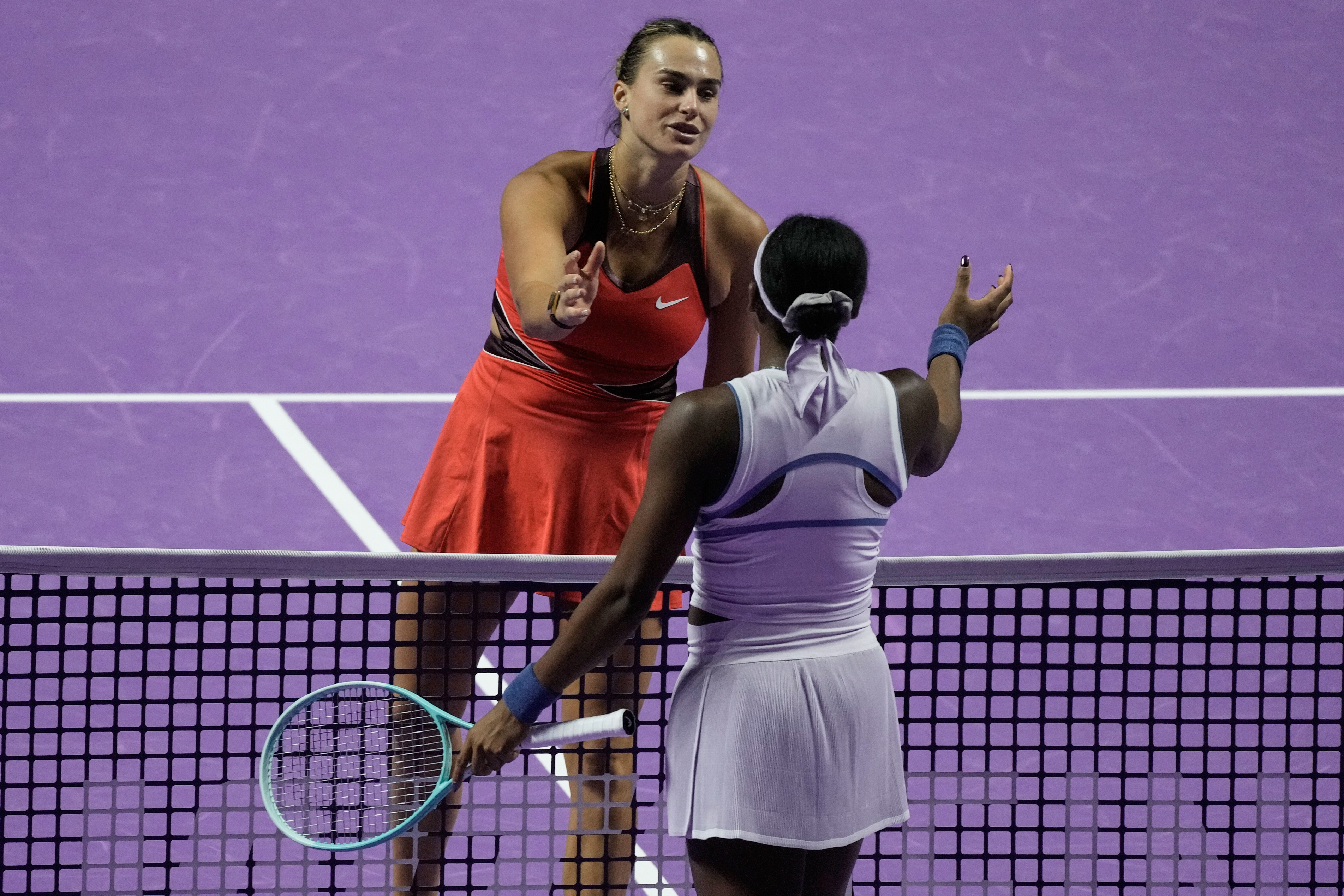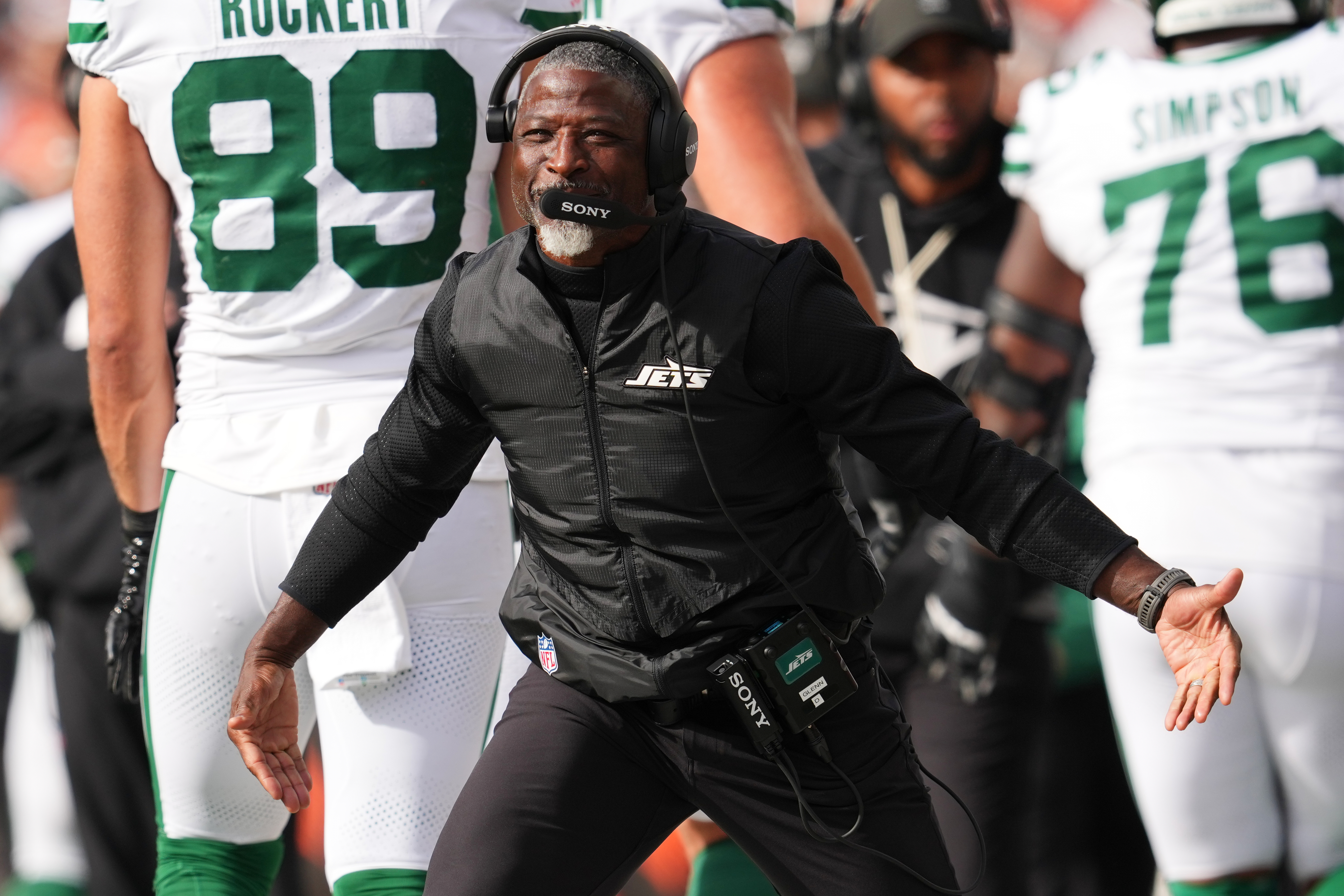What's Happening?
Ropes & Gray, a prominent law firm, has decided to maintain its one-tier partnership model, diverging from the prevalent two-tier system adopted by many large U.S. law firms. In a two-tier model, some
partners hold equity in the firm while others do not. The decision by Ropes & Gray to stick with a single-tier model, where all partners have equity, was announced last month. This move has sparked discussions about the potential implications for the legal industry, as the trend towards non-equity partnerships has been growing. Industry experts, including law firm consultant Janet Stanton and legal recruiter Scott Love, discussed the prevalence and benefits of non-equity partnerships on the podcast 'On The Merits,' hosted by Bloomberg Law editor Jessie Kokrda Kamens.
Why It's Important?
The decision by Ropes & Gray to maintain a one-tier partnership model is significant as it challenges the growing trend of non-equity partnerships in the legal industry. Non-equity partnerships can offer firms flexibility in managing partner compensation and firm equity, potentially leading to increased profitability. However, maintaining a one-tier model could enhance partner commitment and alignment with the firm's long-term goals, as all partners share in the firm's success. This decision may influence other law firms to reconsider their partnership structures, impacting how legal services are delivered and how law firms attract and retain talent.
What's Next?
As Ropes & Gray continues with its one-tier model, other law firms may observe the outcomes of this decision closely. The firm's performance and partner satisfaction levels could serve as a case study for the industry. If Ropes & Gray experiences positive results, it might encourage other firms to reevaluate their partnership models. Additionally, discussions around the benefits and drawbacks of non-equity partnerships are likely to continue, potentially leading to further innovations in law firm management and structure.













